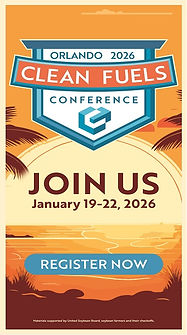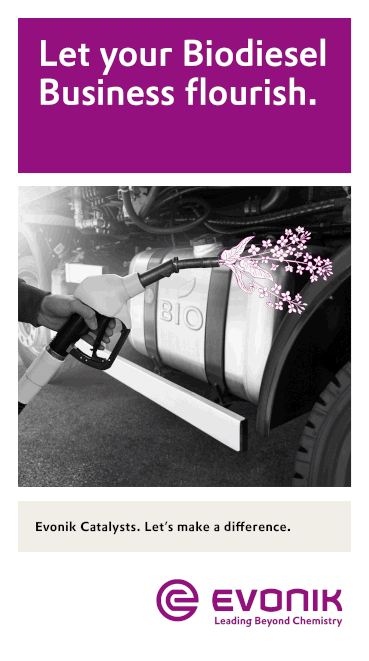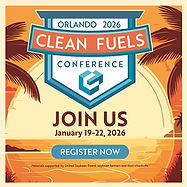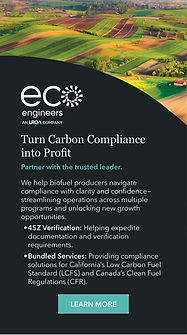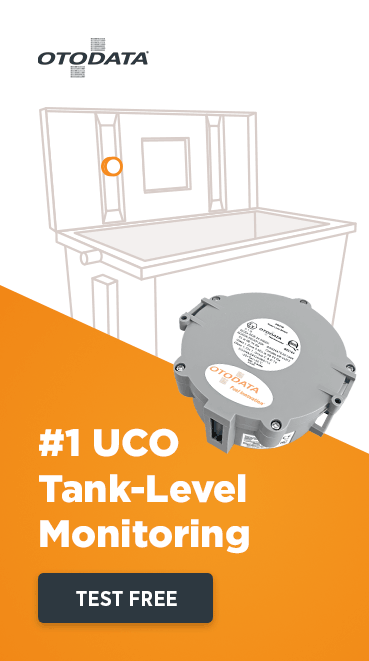Emirates operates milestone demonstration flight powered by 100% SAF
- Neste Corp.
- Jan 30, 2023
- 3 min read

Emirates, the world’s largest international airline by destinations, has operated its first milestone demonstration flight on a Boeing 777-300ER, powering one of its engines with 100 percent Neste’s sustainable aviation fuel (SAF).
The flight took off Jan. 30 from Dubai International Airport (DXB) flying for more than one hour over the Dubai coastline.
It is the first demonstration flight in the Middle East and North Africa in which one of the aircraft engines was powered by 100 percent SAF.
Emirates’ demonstration flight supports broader efforts to work towards a future where aircraft are certified to run on 100 percent SAF fuels. It adds to the body of data paving the way for standardization and future approval of 100 percent SAF as a replacement for conventional jet fuel, well above the currently allowed 50 percent blend limit.
The test flight further demonstrates the compatibility of SAF as a safe and reliable propulsion source, and validates that no changes to the aircraft, engines, fueling infrastructure, or special maintenance are required on the Boeing 777-300ER or GE90 engine.
Neste and Emirates worked alongside partners GE Aerospace, Boeing, Honeywell and Virent for more than a year to develop a sustainable fuel that closely replicates the properties of conventional jet fuel.
Neste provided its approved Neste MY Sustainable Aviation Fuel™ (HEFA-SPK*) to which aromatic components in Virent’s HDO-SAK** were added to produce a 100 percent drop-in jet fuel that meets all the jet fuel requirements.
Eighteen tons of SAF fully made from renewable raw materials powered one GE90 engine during the flight, with conventional fossil jet fuel powering the other engine.
“This flight is a milestone moment for Emirates and a positive step for our industry as we work collectively to address one of our biggest challenges—reducing our carbon footprint,” said Adel Al Redha, chief operating officer for Emirates Airline. “It has been a long journey to finally see this experimental SAF flight take off. Such initiatives are critical contributors not only to the industry body of knowledge, but also to demonstrating the use of higher blends of SAF for future regulatory approvals. We hope that landmark demonstration flights like this one will help open the door to scale up the SAF supply chain and make it more available and accessible across geographies, and most importantly, affordable for broader industry adoption in the future.”
Jonathan Wood, Neste’s vice president of renewable aviation in the Europe, Middle East and Africa regions, added, “Sustainable aviation fuel plays a crucial role in reducing the emissions of air travel, but to fully leverage its decarbonization potential we need to enable 100 percent SAF use. Test flights like this Emirates flight with Neste MY Sustainable Aviation Fuel are an important step towards 100 percent SAF certification. Neste is working closely together with partners to accelerate the availability and use of SAF as we increase our SAF production capacity to 1.5 million tons per annum by the end of this year. We look forward to growing the supply of SAF also to Dubai.”
SAF is a next-generation aviation fuel produced without crude oil, providing a more sustainable alternative to conventional, fossil-based jet fuel. Using Neste MY Sustainable Aviation Fuel™ reduces greenhouse-gas emissions by up to 80%*** over the fuel’s lifecycle compared to using conventional jet fuel. Neste’s SAF is made from sustainably sourced, 100 percent renewable waste and residue raw materials, such as used cooking oil. *HEFA-SPK—hydroprocessed esters and fatty acids-synthetic paraffinic kerosene, one of the seven approved pathways for the production of SAF and currently the only commercially viable production pathway and the pathway Neste uses to produce SAF.
**HDO-SAK—hydrodeoxygenated synthetic aromatic kerosene. SAK produced by Virent is made from plant-based feedstocks and approved for use in tests. It provides the aromatics in the fuel necessary in order to ensure the proper swelling of the elastomeric seals in the fuel systems and prevent leakage.
***When used in neat form (i.e., unblended) and calculated with established lifecycle assessment (LCA) methodologies, such as CORSIA methodology










